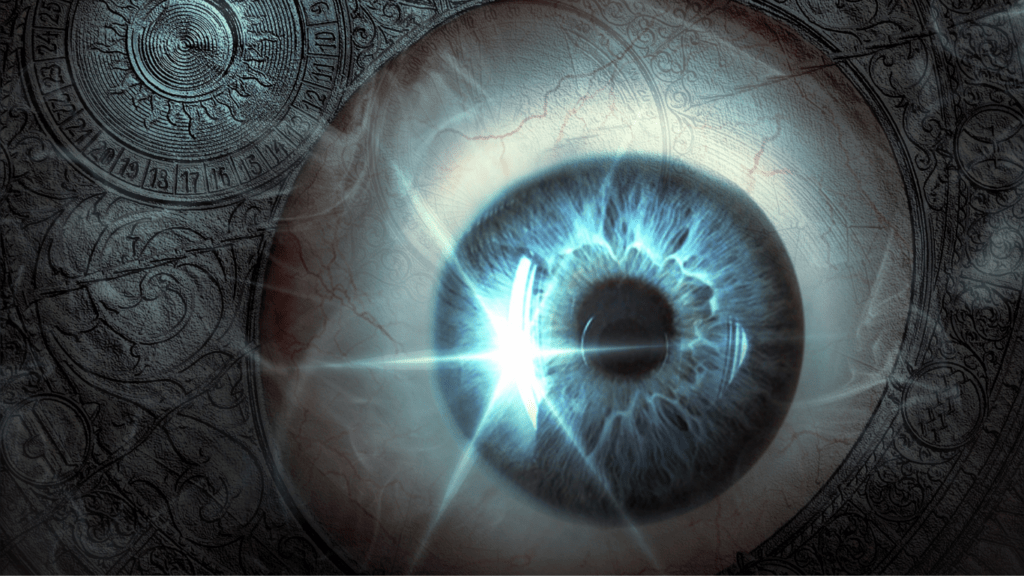Understanding Procedural Generation
What Is Procedural Generation?
Procedural generation involves creating data algorithmically rather than manually.
Algorithms generate content in real-time, which means unique landscapes, characters, and quests for each playthrough.
This method streamlines the development process while enhancing replayability.
In procedural generation, developers set parameters but leave the details to algorithms, ensuring that game environments remain dynamic and unpredictable.
The History of Procedural Generation in Games
Procedural generation has roots in the early days of gaming. The 1980 game “Rogue” utilized algorithms to create unique dungeons each playthrough.
This innovation birthed the “roguelike” genre. As computing power grew, more complex implementations appeared. “Elite” (1984) leveraged procedural generation for vast galaxies on limited hardware.
Modern titles like “Minecraft” and “No Man’s Sky” have pushed these boundaries further by creating expansive universes to explore.
How Procedural Generation Transforms Game Design

Enhancing Game Replayability
Procedural generation significantly enhances game replayability. By using algorithms to create unique content each time, games offer players new experiences on every playthrough.
Examples include items, levels, and quests. This variety maintains player engagement, preventing games from feeling repetitive.
Procedural generation ensures that even familiar games feel fresh, increasing their lifespan in a gamer’s library.
Creating Infinite Worlds
Procedural generation enables the creation of infinite worlds. By generating content algorithmically, games can feature vast landscapes that players can explore endlessly.
Titles like:
- Minecraft
- No Man’s Sky
showcase this by offering ever-changing terrains and galaxies.
This scale is unachievable with manual design.
Procedural generation provides an expansive scope, allowing developers to push the boundaries of game environments without increasing production time significantly.
Benefits and Challenges of Procedural Generation
Advantages for Game Developers and Players
Procedural generation offers distinct benefits for both developers and players.
- Developers save time and resources since algorithms generate vast amounts of content.
- This efficiency reduces the workload, allowing teams to focus on refining core gameplay mechanics.
- The diverse content produced enhances replayability, making games more appealing to players seeking fresh experiences in each session.
- For players, procedural generation ensures unique playthroughs. Games like “Minecraft” showcase varied landscapes, while titles like “No Man’s Sky” feature endless galaxies, keeping gameplay fresh.
- The unpredictability of procedurally generated content adds a layer of excitement, encouraging players to explore and discover new aspects of the game world.
Technical Challenges and Limitations
Despite its benefits, procedural generation comes with challenges.
Creating balanced and appealing content algorithmically is complex.
Algorithms might generate repetitive or incoherent elements, negatively impacting the gaming experience.
Ensuring procedural content aligns with the game’s narrative and design is another challenge developers face.
The computational load of generating complex worlds can strain hardware.
Games like:
- Elite
- No Man’s Sky
require powerful systems to handle intricate procedural tasks. Balancing performance and quality remains a key issue for developers working with procedural generation.
Adopting procedural generation in game design introduces unique challenges and offers significant advantages.
By understanding and addressing these, developers can harness its potential to create engaging and dynamic gaming experiences.
Case Studies: Games That Mastered Procedural Generation
No Man’s Sky: An Infinite Universe
“No Man’s Sky” transformed the gaming landscape with its procedurally generated universe.
Launched in 2016 by Hello Games, it offers an expansive galaxy with 18 quintillion planets.
Each planet features unique terrains, creatures, and ecosystems generated algorithmically. This technique ensures that players never encounter the same environment twice.
Updates like “NEXT” and “Beyond” further enriched the game, adding base building, multiplayer modes, and virtual reality support.
Using procedural generation, “No Man’s Sky” provides an unparalleled sense of exploration and discovery.
Minecraft: Building Blocks to Infinity
“Minecraft,” developed by Mojang Studios, revolutionized sandbox gaming with its procedurally generated worlds.
Since its release in 2011, the game has provided players with infinite terrain to explore, mine, and build.
Each new world is a unique combination of biomes, caves, and structures, ensuring endless creativity and replayability.
The game uses Perlin noise to create natural-looking landscapes, offering diverse settings from dense forests to vast deserts.
Procedural generation in “Minecraft” not only supports creativity but also enhances the longevity of the game, making it a staple in the gaming community.


 Rosendor Smithiery, the founder of Infinity Game Saga, plays a pivotal role in shaping the direction and content of the platform. As the visionary behind the site, Rosendor’s leadership and passion for gaming drive the company’s mission to deliver top-notch gaming coverage. In addition to his executive role, he actively contributes to writing articles, offering his deep insights and expert perspectives on various gaming topics.
Rosendor’s hands-on approach ensures that Infinity Game Saga maintains a high standard of quality and relevance. His articles often explore emerging trends, provide detailed analyses, and offer unique viewpoints on the gaming industry. By blending his leadership with his writing, Rosendor enriches the content and connects with readers, solidifying Infinity Game Saga’s reputation as a leading voice in gaming media.
Rosendor Smithiery, the founder of Infinity Game Saga, plays a pivotal role in shaping the direction and content of the platform. As the visionary behind the site, Rosendor’s leadership and passion for gaming drive the company’s mission to deliver top-notch gaming coverage. In addition to his executive role, he actively contributes to writing articles, offering his deep insights and expert perspectives on various gaming topics.
Rosendor’s hands-on approach ensures that Infinity Game Saga maintains a high standard of quality and relevance. His articles often explore emerging trends, provide detailed analyses, and offer unique viewpoints on the gaming industry. By blending his leadership with his writing, Rosendor enriches the content and connects with readers, solidifying Infinity Game Saga’s reputation as a leading voice in gaming media.
